Power to the people
When Ergon Energy needed to upgrade its Queensland-wide communications network, it searched the world for the best solution - and found it right here in Australia.
While Auria Wireless and its parent company Etherstack have been kicking goals overseas by winning contracts with major utility companies and emergency radio networks, a major breakthrough back home in the Australian market occurred in 2011 with the Ergon Energy P25 digital radio project contract win.
Ergon Energy is a Queensland government-owned electricity supplier covering 700,000 customers across more than 1 million m2. Its electricity distribution network comprises around 150,000 km of power lines with one million power poles. Ergon also has numerous major substations and power transformers, plus it operates 33 power stations that supply electricity to remote communities not connected to the main grid. It has approximately 5000 employees.
Auria worked fast. The company was awarded the contract in October 2011; the initial switching centre was deployed just seven months later in May 2012, with initial sites commissioned in June 2012. The first stage, with 20 sites fully commissioned, was achieved in December 2012.
“From award to rolling out 20 sites within 14 months, and including delivery of a whole range of new services that no one else has done before anywhere else in the world, is something we’re very proud of,” said David Deacon, Executive Director of Auria Wireless.
New capabilities
Auria developed and provided several new key technologies and services to Ergon. The first of these was a Tier II AVL/GPS service, which enables a network operator to dynamically change a mobile radio’s trigger settings - for instance, how often it reports its GPS location information.
“That’s really important from a network congestion or traffic control perspective,” said Deacon. “Say there’s an incident, perhaps cyclone damage, and there is a 10-fold increase of mobiles at the serving radio site - you don’t need those mobiles reporting their location every minute or two and causing congestion on the network. You can ‘turn it down’ so they’re reporting their location every 10 or 20 minutes, or report only if they move more than 50 metres from their current location.”
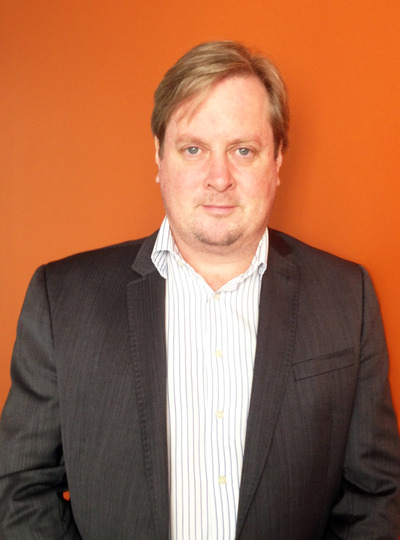
“In that way you can dynamically control the data load on the network so you have more bandwidth available for delivering voice and other services,” added Deacon. “That dynamic control, we believe, is a world-first implementation of a Tier II AVL service on a P25 digital radio network.”
Location, location, location
Another Auria innovation is a desktop-based local operations console, or LOC, which integrates Google Earth and an AVL services solution.
Ergon Energy has its own Google enterprise server - effectively its own Google Earth database - that the dozens of LOCs scattered around the state can interrogate for mapping information. This enables operators to overlay extra levels of information on their screens via the LOC application, such as the location of electricity assets, which might be power poles, power lines, transformers, high-voltage lines and so on.
Take as an example a local despatch operator at Toowoomba, who might be managing 15 support vehicles locally. He or she doesn’t have to be sitting in a control room at a big centre in Townsville or Rockhampton; the operator is right down on the local level and can monitor the 10 or 20 field workers he or she is directly responsible for.
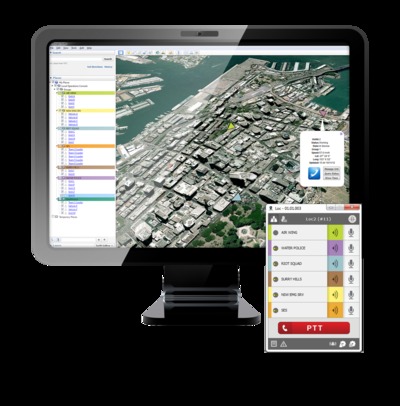
That operator at the LOC has the ability to initiate digital voice calls directly from the desktop to those mobile units with just a click on that vehicle’s symbol on the screen. And the solution supports DES and AES-256 encryption, so it’s secure.
Plus, the LOC can display not only the current location of a vehicle, but also historical locations through a time playback mechanism.
“The combination of these technologies has provided Ergon Energy with localised situational awareness and management capability,” said Scott Geldard, Manager of Ergon’s P25 Digital Radio Project. “This will ultimately improve the efficiency of the delivery of those services and also add to safety, as we always know where our workers are and have the ability to rapidly and accurately communicate with them.”
Staying in control
Another innovative product developed by Auria was the SCADA P25 RMU (radio modem unit), which Auria says is the world’s first custom-designed industrial control modem for a P25 trunked network. “While other companies have built data modems in the past, they’ve usually just cobbled something together on the side of a radio, whereas the RMU is IP67-rated and can be mounted on pole tops,” said Deacon.
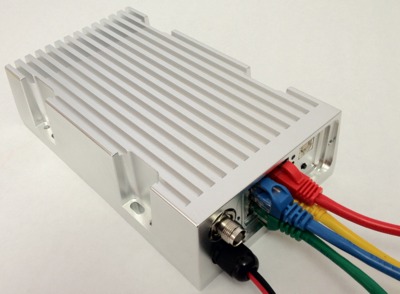
In keeping with the concept of SCADA masters and remotes, the Ergon P25 radio network now has SCADA remotes connected to the Auria RMUs, while inside the network the SCADA master, which controls a lot of the remote devices, is connected to the data service node within the IP core network.
In this way Auria has provided Ergon with a complete, integrated digital voice, AVL and industrial control data network. Auria also implemented an advanced prioritisation system that Ergon network operators can control. For example, priority data might be more important than regular voice, but emergency voice might be more important than priority data. This can be adjusted on a site-by-site basis, which is important because some sites might have lots of channel resources and some might have only a few.
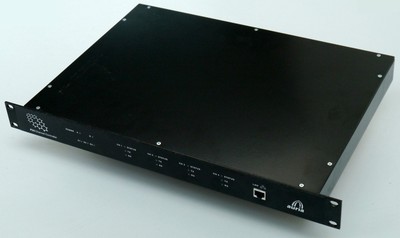
“If you think about what happens, some of that industrial control data might be very important: it might be turning on or off power lines via controlling recloser devices,” said Deacon. “How do you prioritise regular voice and emergency voice, and also AVL data… which of them takes priority in a limited bandwidth that might exist a particular radio site?” The deployed system enables Ergon to set those priorities.
The RMU also supports DES and AES-256 encryption in order to protect industrial control data. Such security is becoming a very big issue, especially in North America, where NERC (North American Electric Reliability Corporation) Critical Infrastructure Protection regulations show how serious authorities are about the importance of protecting industrial control data.
Australian innovation
Auria and Etherstack, with their technology designed, developed and manufactured in Australia, have installed public safety and public utility radio networks on four continents.
One of those networks belongs to ATCO Electric, a major electricity distributor in the province of Alberta in Canada. ATCO has around 72,000 km of transmission and distribution lines servicing 216,000 customers in 245 communities.
Another belongs to First Energy, one of the USA’s largest electricity generating and distribution companies with six million customers and approximately 310,000 km of distribution lines. First Energy produces around 100 million megawatt-hours of electricity each year from nuclear, gas, coal and hydro plants. The P25 network is installed in the company’s districts in Pennsylvania and Maryland through Raytheon, one of Etherstack’s North American partners.
When it was going through the evaluation process for the Queensland installation, Ergon Energy travelled to North America and looked at both large-scale utilities and public safety networks deployments based on Auria’s Australian technology. “They visited ATCO Electric and asked about their experience dealing with us, and got a thumbs up there,” said Deacon. “And they went out to Idaho to study a very successful Auria-based, five-county-wide police, fire and ambulance P25 radio network that handles thousands of despatches every day.
“They obviously did their due diligence when looking for the right solution. And that obviously gave them enough comfort to try the Australian product.”
The ultimate test
In early 2013, only months after the first stage of Ergon’s P25 network had been commissioned, Queensland was hit with huge floods - a challenging environment for public utilities companies. But whereas other radio and cellular networks in the same coverage area failed, Auria’s P25 network had no outages and continued to perform as promised. Every component in the network architecture has dual redundancy and there is no single point of failure.
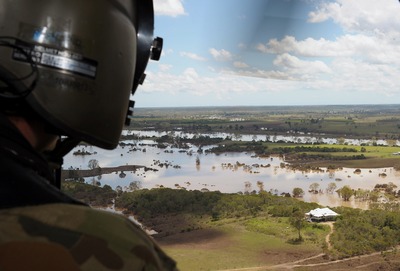
Ergon Energy Group Manager (Telecommunications) Andrew Deme said that the radio network’s durability and resilience were crucial to the flood recovery effort.
“Ergon’s control centre is operated out of Rockhampton and when the commercial carrier network failed, the only communication between the control centre and the field staff was the P25 radio network,” said Deme. “The network technology enabled us to have electricity safely restored hours sooner for several thousand customers as part of a coordinated rapid response effort.”
Similarly, the Australian-designed First Energy network in the USA got hit by Hurricane Sandy in January 2013 and also performed admirably under assault.
Deacon has recently returned from the Utilities Telecom Council (UTC) Expo held in Houston in May 2013, where Auria’s P25 technology garnered great interest. “We’ve captured customers already in North America with our earlier systems. Now we’re aiming to take the latest innovations we’ve done here for Ergon Energy and put them into the market overseas,” he said.
Wireless networks for mine management
Today's fleet management applications form the foundation for a future where driverless...
Wireless networks for mine management
Today's fleet management applications form the foundation for a future where driverless...
Interoperability for Tasmania's emergency services
Tasmanian police, fire and ambulance services can now communicate directly with each other,...



